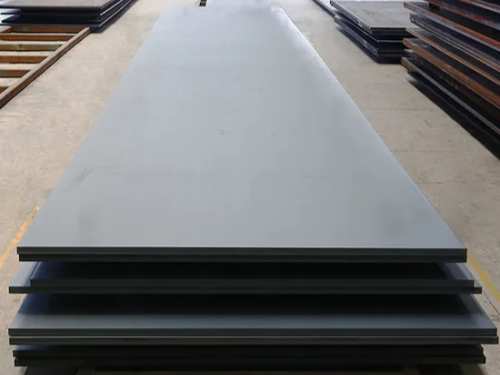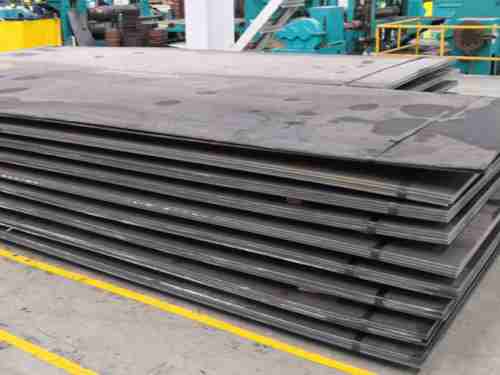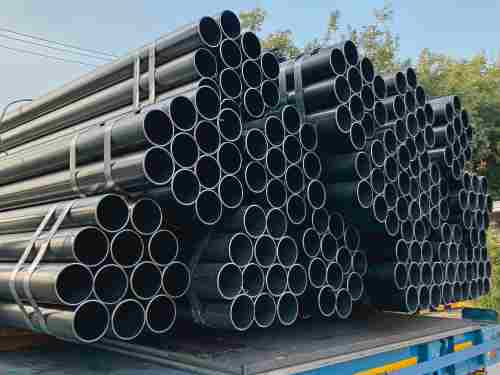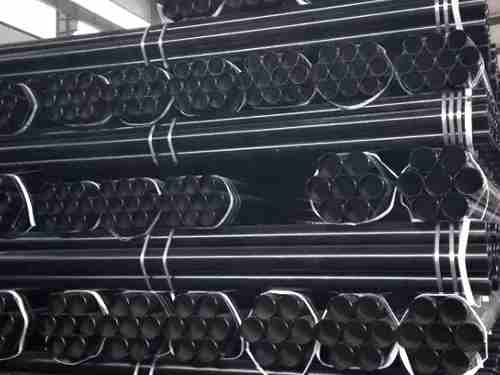The main characteristics of stainless steel
1:Weldability
stainless steel sculpture
Different product uses have different requirements for welding performance. A class of tableware generally does not require welding performance, and even includes some pot enterprises. However, most products require good welding performance of raw materials, such as second-class tableware, thermos cups, steel pipes, water heaters, water dispensers, etc.
2:Corrosion resistance
Most stainless steel products require good corrosion resistance, such as Class I and II tableware, kitchen utensils, water heaters, water dispensers, etc. Some foreign merchants also conduct corrosion resistance tests on the products: use NACL aqueous solution to heat it to boiling, and pour it after a period of time. Remove the solution, wash and dry, and weigh the weight loss to determine the degree of corrosion (Note: When the product is polished, the Fe content in the abrasive cloth or sandpaper will cause rust spots on the surface during the test)

3:Polishing performance
The main factors that affect the polishing performance are as follows:
① surface defects of raw materials. Such as scratches, pitting, pickling, etc.
②The problem of raw materials. If the hardness is too low, it will not be easy to polish when polishing (the BQ property is not good), and if the hardness is too low, the orange peel phenomenon is easy to appear on the surface during deep drawing, thus affecting the BQ property. BQ properties with high hardness are relatively good.
③ For the deep-drawn product, small black spots and RIDGING will appear on the surface of the area with a large amount of deformation, thus affecting the BQ performance.
4:Heat resistance
Heat resistance means that stainless steel can still maintain its excellent physical and mechanical properties at high temperatures.
Influence of carbon: Carbon is an element that strongly forms and stabilizes austenite and expands the austenite region in austenitic stainless steels. The ability of carbon to form austenite is about 30 times that of nickel, and carbon is an interstitial element that can significantly increase the strength of austenitic stainless steel through solid solution strengthening. Carbon can also improve the stress corrosion resistance of austenitic stainless steel in highly concentrated chloride (such as 42% MgCl2 boiling solution).

 English
English Español
Español












